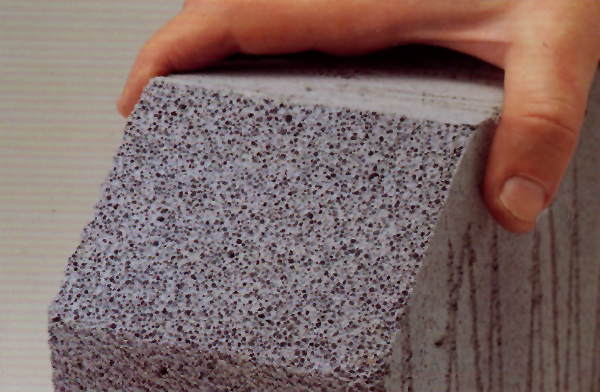 What are the required substrate tests for aerated concrete prior to coating?? How defects and damage can be recognized?
What are the required substrate tests for aerated concrete prior to coating?? How defects and damage can be recognized?
The following substrate tests and damage identification are required:
| Subject of the study | Test method | Diagnosis |
| Moisture | visual | darker color |
| The presence of loose fit, brittle parts on the surface | rubbing with a hand or a brush | clear wiping |
| The presence of a hydrophobic coating, e.g. silicone impregnations | an attempt to moisten with water | it does not accept water and becomes darker in color |
| The presence of fig | visual | visible scratches |
| Dirty | visual | stains and discoloration |
| Scratching the sealing compound in the joints | visual | visible scratch |
Three typical properties of aerated concrete, important for the application of subsequent coatings.
Aerated concrete strongly sucks up water and therefore absorbs a large amount of moisture, on the other hand, it releases moisture very slowly. Moisture is retained for quite a long time, especially inside concrete. This is why, protect it from moisture. It reacts strongly in a humid environment, therefore also the materials used for the coatings must contain alkaline compounds.
Aerated concrete is characterized by high thermal insulation, but low diffusion resistance to water vapor (aerated concrete diffusion resistance is 2,5; for comparison: silicate paints – 50, dispersion paints – 200-3000). If coatings with high diffusion resistance and high layer thickness are applied, this can cause bonding and peeling.
Aerated concrete is made with the addition of gas-forming agents, this is why – outside the visible pores – there are even smaller ones in its structure, invisible to the naked eye, capillaries. Those little ones, hair-shaped tubes strongly suck in moisture, which requires a large amount of thermal energy to expel.